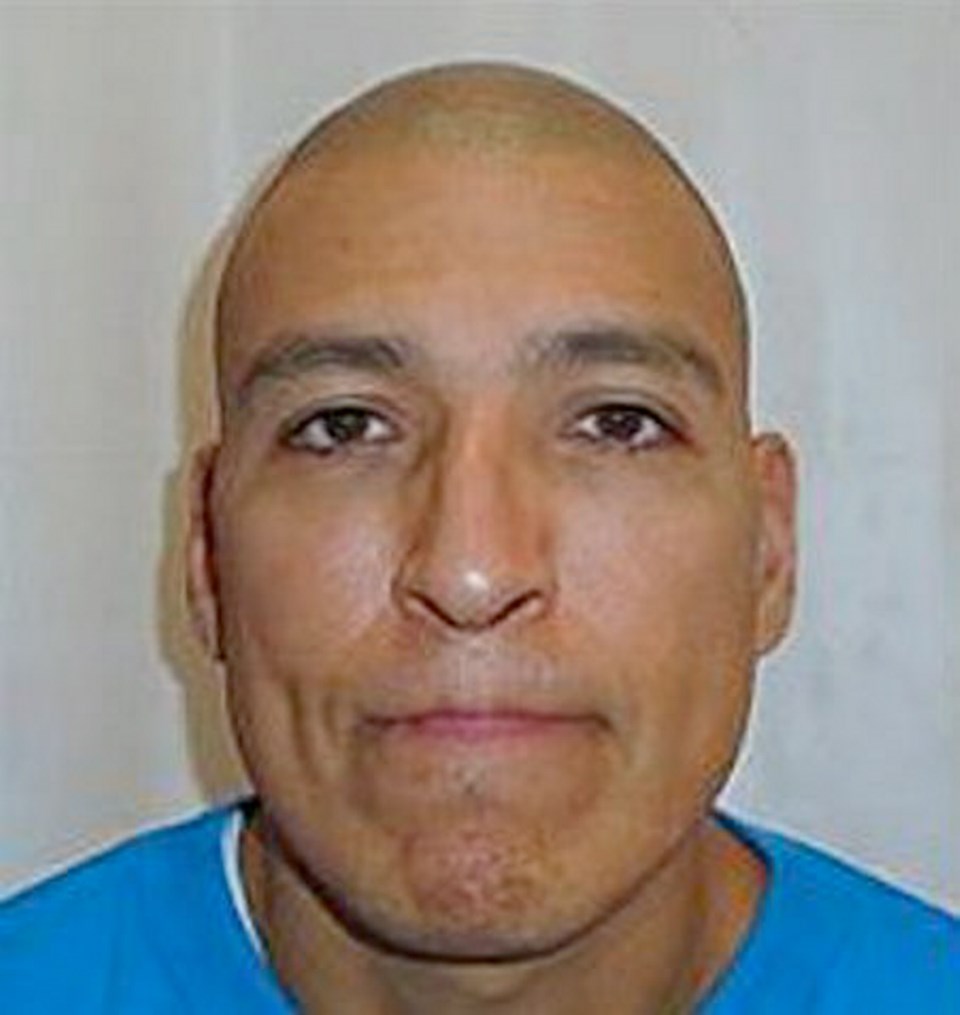For James Busch, who was born in Edmonton and is a member of the Cold Lake First Nation, his recapture after escaping from William Head and reassignment to a more secure prison is another chapter in a life of incarceration.
For almost all his adult life, he has been in prison, on probation or on parole.
Since 2008, he has been in solitary confinement eight times, for as little as three days and up to 66 days at a time.
His experience in solitary confinement formed part of a case taken up by the B.C. Civil Liberties Association of B.C. and the John Howard Society of Canada in 2016.
In an affidavit made Dec. 14, 2016, as part of the Supreme Court of B.C. case against the Attorney General of Canada, Busch said he lived with his mother and white adoptive father, who earned a good income as owner of a construction company.
The couple divorced when Busch was eight, in large part due to his mother’s drug and alcohol addiction. The siblings were divided and Busch was assigned to his mother. He soon left home, dropping out of school in Grade 6. By age 12, he was committing property crimes, weapons offences and assaults, and was in and out of the Edmonton youth detention facility several times.
At 14, Busch was diagnosed with schizophrenia and put on medications. His mother committed suicide when Busch was 15, and he spent much of the rest of his childhood incarcerated. “My time in youth detention made me more volatile, angry, depressed than I had been prior to incarceration,” he wrote in the affidavit.
After the 66-day stint in segregation, during which he was put on psychotropic medication for his schizophrenia, he suffered severe anxiety and anger.
Less than three months later, in March 2010, he was released from prison.
Two months later, on May 14, he strangled Sandra Marie Ramsay, 41, his neighbour at a Saskatoon assisted-living facility, over a $20 debt. He stuffed Ramsay’s body into a suitcase and dragged it to an alley trash bin.
That July, Busch pleaded guilty to second-degree murder in Ramsay’s death and was sentenced to life in prison with no chance of parole for 15 years. Busch had earlier served seven years in prison for raping his seven-year-old female cousin.
Busch has been put in segregation for various reasons — everything from having a physical altercation with another inmate to guards finding a five-inch metal shank hidden in a photo album.
In Kent Institution in Agassiz, Busch was in a segregated cell for 16 days. “It was filthy … the walls were smeared with blood and feces and it smelled terrible,” he said in the affidavit.
He often declined an hour of exercise time outside, finding it safer to remain in his cell, he said. “I just wanted to put a rope around my neck and jump. I wanted to end it.”
The hardest part of being in segregation, he wrote, “is feeling like you are not seen as a person, like you are not even human.”



